Document Author
Year Published
Topic
- (-) Remove 100% Access to Justice filter 100% Access to Justice
- (-) Remove Trial Court Self-Help filter Trial Court Self-Help
- Self-Help Centers (11) Apply Self-Help Centers filter
- Courts (7) Apply Courts filter
- Best Practices for Self-Help Centers (5) Apply Best Practices for Self-Help Centers filter
- Strategic Planning (5) Apply Strategic Planning filter
- Linking a Self-Help Center to Other Services (4) Apply Linking a Self-Help Center to Other Services filter
- Reports (4) Apply Reports filter
- Reports, Evaluations, Best Practices, Surveys (4) Apply Reports, Evaluations, Best Practices, Surveys filter
- Research (4) Apply Research filter
- Allied Professionals (3) Apply Allied Professionals filter
- Automated Forms & E-Filing (3) Apply Automated Forms & E-Filing filter
- Forms (3) Apply Forms filter
- Funding (3) Apply Funding filter
- Simplification (3) Apply Simplification filter
- Impact of Self-Represented Litigant Innovations on Cost and Efficiency (2) Apply Impact of Self-Represented Litigant Innovations on Cost and Efficiency filter
- Justice Tech Entrepreneurs (2) Apply Justice Tech Entrepreneurs filter
- Legal Aid (2) Apply Legal Aid filter
- Technology (2) Apply Technology filter
- Administrative Agencies (1) Apply Administrative Agencies filter
- Articles & SRLN Briefs (1) Apply Articles & SRLN Briefs filter
- Court Navigators (1) Apply Court Navigators filter
- Ethics Education (1) Apply Ethics Education filter
- Evaluating a Self-Help Center (1) Apply Evaluating a Self-Help Center filter
- Forms (1) Apply Forms filter
- Integration with Institutional Process (1) Apply Integration with Institutional Process filter
- Judicial Ethics (1) Apply Judicial Ethics filter
- LEP and Access (1) Apply LEP and Access filter
- Libraries (1) Apply Libraries filter
- Managing a Self-Help Center (1) Apply Managing a Self-Help Center filter
- Plain Language (1) Apply Plain Language filter
- Plain Language & LEP (1) Apply Plain Language & LEP filter
- Regulatory Concerns (1) Apply Regulatory Concerns filter
- Remote (1) Apply Remote filter
- Research about Court Navigators (1) Apply Research about Court Navigators filter
- Scaling in Court Systems (1) Apply Scaling in Court Systems filter
- Starting a Self-Help Center (1) Apply Starting a Self-Help Center filter
- Triage (1) Apply Triage filter
- Unbundling (1) Apply Unbundling filter
- Working Groups (1) Apply Working Groups filter
State
- (-) Remove California filter California
- Illinois (2) Apply Illinois filter
- Alaska (1) Apply Alaska filter
- Idaho (1) Apply Idaho filter
- Maryland (1) Apply Maryland filter
- Minnesota (1) Apply Minnesota filter
- Montana (1) Apply Montana filter
- New York (1) Apply New York filter
- South Carolina (1) Apply South Carolina filter
- Utah (1) Apply Utah filter
Tags
Post date
Search results
SRLN Brief: Justice Corps (SRLN 2015)
Justice Corps is a program that works in affiliation with Americorps and has been of tremendous benefit to numerous courts, most especially in California. The California JusticeCorps program assists California courts in meeting the needs of self-represent ...
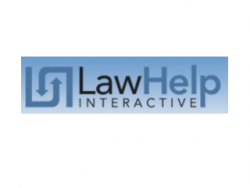
SRLN Brief: Examples of LHI Driven Partnerships (ProBonoNet 2016)
In addition to offering a platform for document assembly, the LHI project has been the catalyst to many significant court, legal aid and community partnerships. Below is a summary of just a few game changing partnerships. LHI also looks for access to just ...
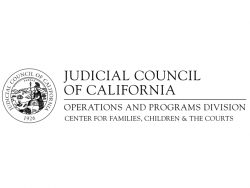
Guide: Guidelines for the Operation of Self-Help Centers in California Trial Courts (California 2011)
The Administrative Office of the Courts, in collaboration with judges, court executive officers, attorneys, and other parties with demonstrated interest in services to self-represented litigants, is charged with the development of these guidelines for dis ...
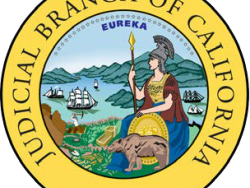
Weblinks: Efficiencies and Innovation in California (Judicial Branch of California 2015)
On its webpage entitled, Efficiencies & Innovations (courts.ca.gov), the The California judicial branch, which is widely acknowledged as a national leader in developing and implementing programs that enhance access to justice, provides information and ...
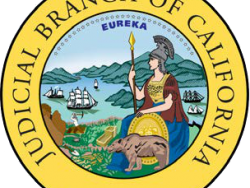
Weblinks: Elkins Family Law Task Force & Implementation Task Force (Judicial Branch of California 2010, 2013)
In Elkins v. Superior Court (2007) 41 Cal.4th 1337, the California court recommended that the Judicial Council of California establish a task force to “study and propose measures to assist trial courts in achieving efficiency and fairness in marital d ...
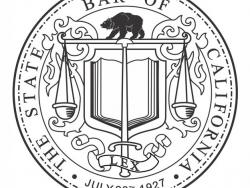
Website: California Court-Legal Aid Partnership Grants (Legal Services Trust Fund Commission 2015)
Each year ten percent of the California's Equal Access Funds allocation is distributed by the Legal Services Trust Fund Commission as Partnership Grants. This funding is available for joint projects of courts and legal services programs to make legal ...
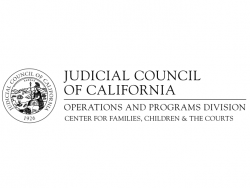
Report: California Courts Self-Help Centers: Report to the Legislature (California 2007)
This is a report, found at http://www.courts.ca.gov/documents/rpt_leg_self_help.pdf, on the implementation of California's Statewide Action Plan for Self-Represented Litigants. It includes detailed financial and collaboration information in response ...
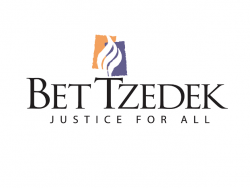
Report: Making Self-Help Work: Bet Tzedek’s Conservatorship Clinic (Bet Tzedek 2013)
Since 2007, Bet Tzedek Legal Services has been running a self-help conservatorship clinic in partnership with the Los Angeles Superior Court. Originally designed to serve 150 self-represented litigants per year, the program served more than 1,400 self-re ...
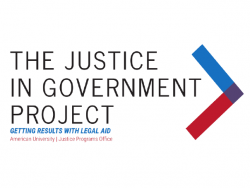
Study: AmeriCorps Court-Based Navigator Programs (Justice in Government Project 2020)
The Justice in Government Project (JGP) at American University, with support from Pew Charitable Trusts, seeks to support funding for legal aid and improve initiatives that address the access to justice gap. The JGP's Civil Legal System Modernization ...
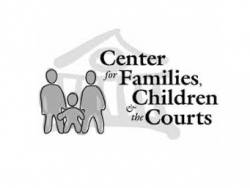
Article: Community Courts and Family (Chase, Alexander, Miller 2000)
The authors introduce the idea of a community court as an interaction among courts, social service agencies, and the community. They discuss several models, prominent among them the Midtown Community Court in Manhattan, before going on to apply community ...